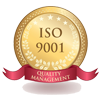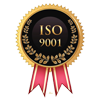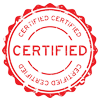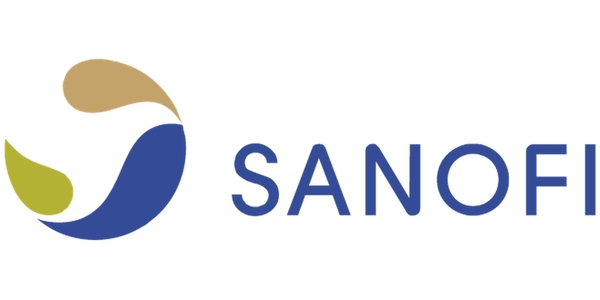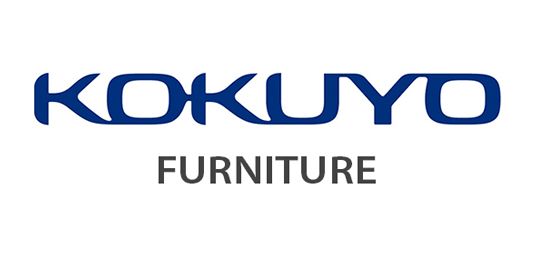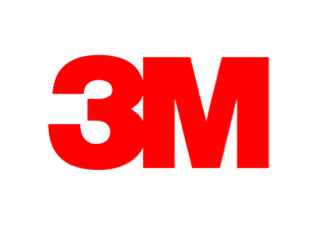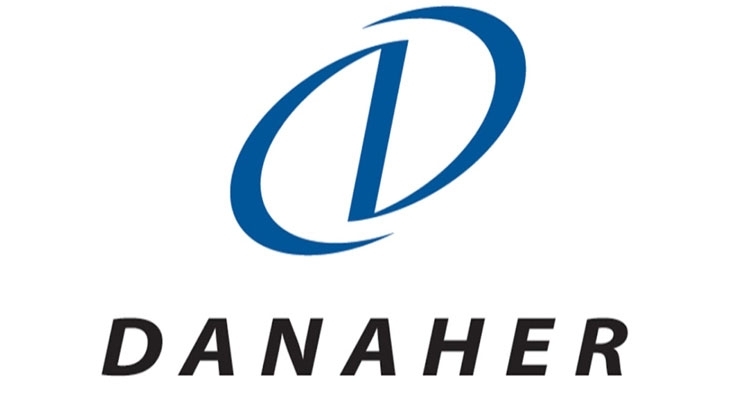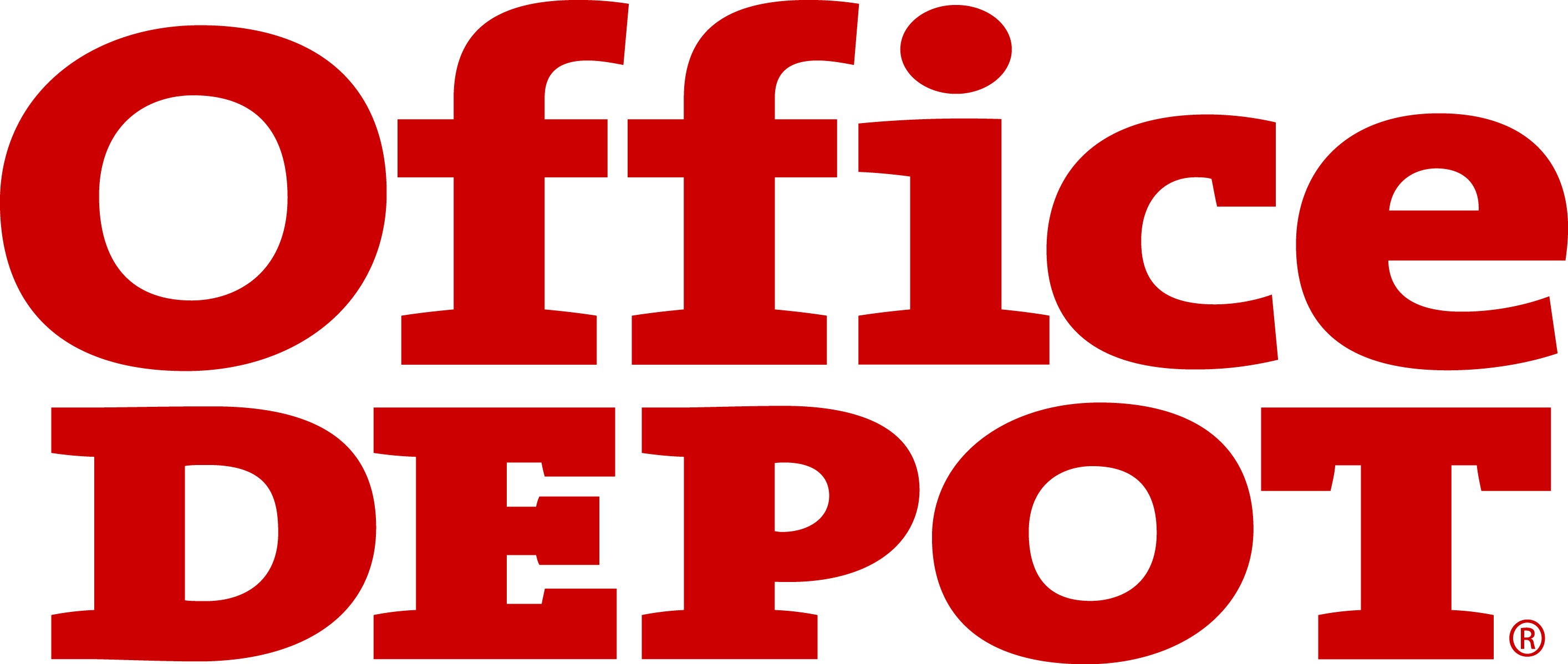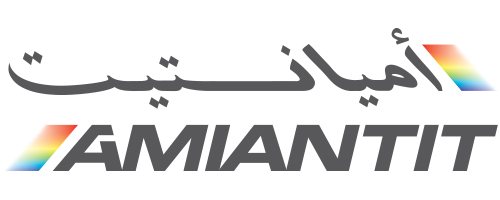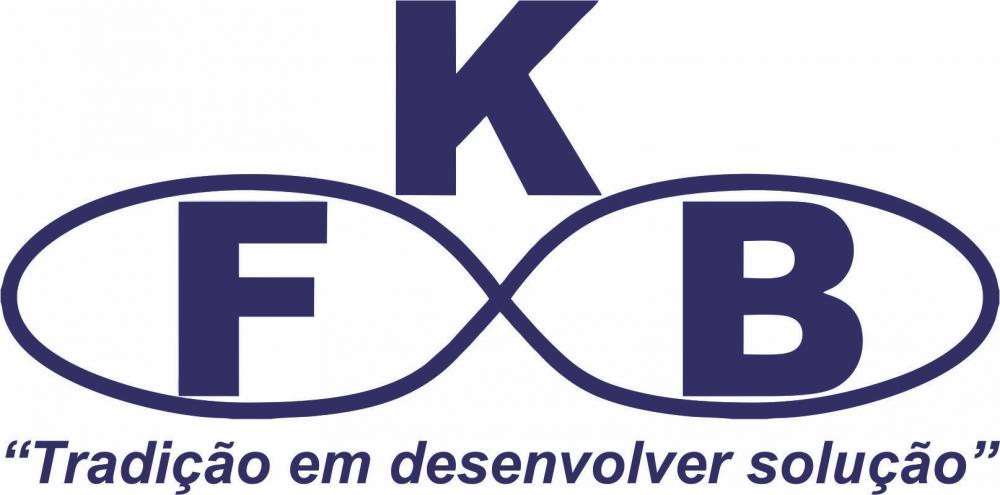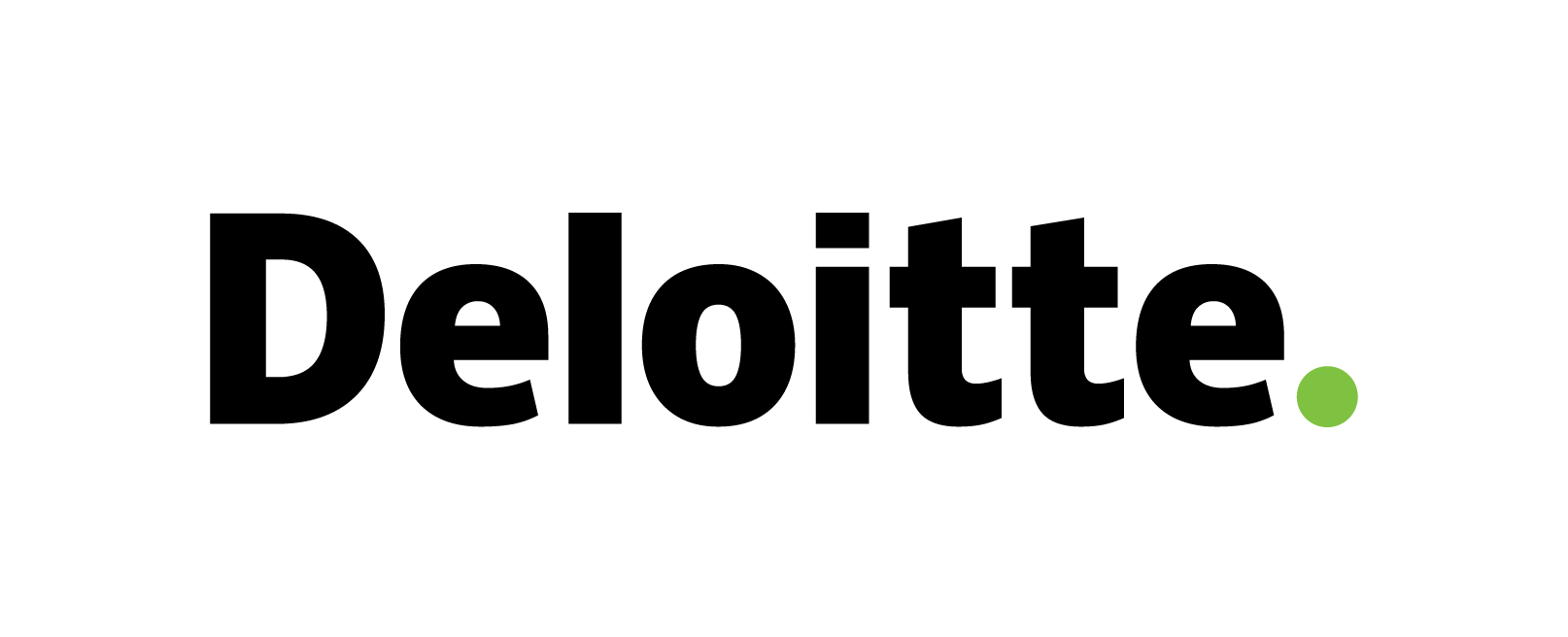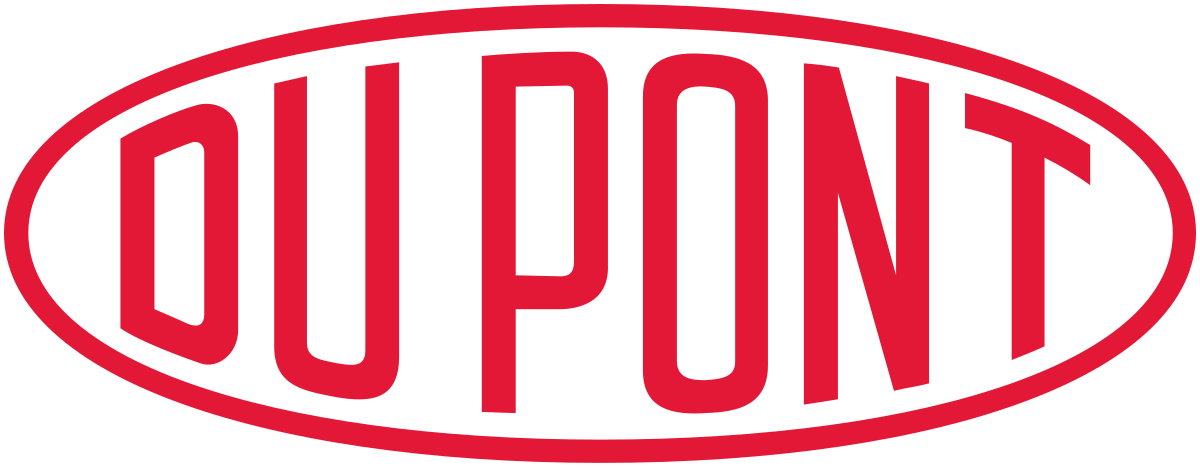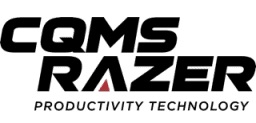Smart Office Market : Global Share, Size, Growth, Trends & Outlook ( 2023 – 2032 )
Smart Office Market Overview
A smart office is typically referred to any structure or technology which involves automated processes to automatically control the tasks of any organization centrally and to make them simpler and flexible. It also offers effective data analysis and monitoring. Some of the tasks which are controlled include heating, ventilation, air conditioning, lighting, security, and other systems.
The smart office system comprises of various technologies such as sensors, mobile apps automated systems and advanced communication structures that are required to provide efficient support for planning, data analysis, performing work and monitoring. Some of the advantages offered by these systems include cloud storage, schedule management, enhanced customer satisfaction, optimal utilization of resources, precise time and schedule management, enhanced communication, high return on investment, identity & risk management, connected integrated systems, high investment returns, employee retention and many more.
The global smart office market is projected to grow at a CAGR of around 12-14% over the span of next 5 years.
Smart Office Market Drivers:
The growth of this market is attributed towards major pertaining factors including; the rising number of businesses all over the world, the proliferating demand for automation of processes for improving work efficiency, the growing demand for smart office solutions and sensor networks for energy efficiency, the worldwide growing need for safety and security systems at workplaces, the surge in favorable government regulations in several countries, the increasing demand for better commercial infrastructure to motivate employees for work and the globally rising concerns regarding energy consumption etc.
Additionally, the well-established players in the market are investing a huge portion of their funds on extensive research and development activities for creating cost-effective, reliable, and improved products for the purpose of providing better user experience. Also, with enhancement in real estate across regions, many companies entering these regions are establishing new infrastructure and are increasingly emphasizing on adopting smart technologies for their offices, which, in turn is contributing tremendously in the market expansion of the smart office market.
Moreover, stringent government regulations and initiatives such as OSHA and ANSI that support worker safety along with the rise in the demand for enhanced security solutions in offices fuel the smart office market growth. Also, as a result of rise in government initiatives towards green buildings and stringent policies for environment protection, the enterprises are witnessed to deploy smart offices to monitor and control overall energy consumption in their respective premises. This increasing adoption of integrated security and safety systems in enterprises is contributing to the growth of smart office market considerably.
Furthermore, other factors such as the increasing advancement and adoption rate of the Internet of Things (IoT) and cloud-based platforms, the increasing internet penetration globally, the increase in demand for smart lighting in commercial sectors to save energy cost, the rapidly growing urbanization and industrialization, the growing use of devices such as smartphones, laptops, and tablets in workplaces along with the rapidly increasing worldwide construction activities further enhance the growth of this market.
However, factors such as the high installation and maintenance costs of these systems, concerns associated with privacy, the lack of awareness of these technologically advanced systems in underdeveloped countries and the complexity associated with replacing and upgrading the existing systems hinder the growth of this market.
Smart Office Market Challenges
The smart office market has encountered a number of difficulties, such as:
- High implementation costs: Small and medium-sized organisations, in particular, may find it costly to install smart office technologies. Adoption might be significantly hindered by the price of installing sensors, improving current infrastructure, and buying new equipment.
- Lack of standardisation: The technologies used in smart offices currently lack a generally recognised standard. Due to interoperability difficulties, it may be challenging for firms to combine various systems and gadgets.
- Security issues: Smart office solutions are susceptible to cyber threats, just like any other linked technology. To safeguard sensitive information and prevent unauthorised access, it is crucial to make sure that suitable security measures are in place.
- Limited IT knowledge: Smart office technology adoption and maintenance require specialised IT knowledge. Many small and medium-sized firms might need to rely on outside consultants or vendors because they lack the requisite skills inside.
- Employee resistance to change: Employees who may be reluctant to learn new systems or alter long-standing work patterns may oppose the adoption of new technologies.
Despite these obstacles, the smart office industry is anticipated to expand as more companies realise the potential advantages of better productivity, increased efficiency, and improved user experiences.
SMART OFFICE MARKET SEGMENTATION:
By Product:
- Smart Lighting/Lighting Controls
- Smart Bulbs
- Fixtures
- Lighting Controls
- LED Drivers and Ballasts
- Sensors
- Switches & Dimmers
- Relay Units
- Gateways
- Security Systems
- Access Controls
- Biometric Systems/Biometric Readers
- Card-Based Systems/Card-Based Readers
- Electronic Locks
- Surveillance Cameras/Video Surveillance
- Fire and Safety Controls
- Access Controls
- Energy Management Systems
- In-House Displays
- Smart Thermostats
- Load Control Switches
- Smart Plugs
- HVAC Control Systems
- Sensors
- Temperature Sensors
- Humidity Sensors
- Occupancy Sensors
- Pressure Sensors
- Flow Sensors
- Other Sensors
- Control Valves
- Heating and Cooling Coils
- Dampers
- Actuators
- Pumps & Fans
- Smart Vents
- VAV and FCU Controllers
- Sensors
- Audio–Video Conferencing Systems
- Audio, Volume, and Multimedia Rooms Controls
- Video Conferencing Systems
- Touch Screens & Keypads
By Software & Service:
- Software
- Service
- Advisory and Consulting Services
- Installation and Support Services
- Managed Services
- Others
By Communication Technology:
- Wireless Technologies
- Wi-Fi
- EnOcean
- ZigBee
- Bluetooth/BLE
- Others
- Wired Technologies
- Digital Addressable Lighting Interface (DALI)
- Power Line Communication (PLC)
- Power Over Ethernet (PoE)
- KNX
- LonWorks
- Building Automation & Control Network (BACNET)
- Others
By Office Type:
- Retrofit Offices
- New Construction Offices
By Region:
- North America
- Europe
- Asia Pacific
- Latin America
- Middle East & Africa
REGIONAL INSIGHT:
The North American region holds the largest share in the smart office market followed by Europe and is projected to continue to dominate in the near future as well. The region is anticipated for robust growth in the forthcoming years owing to several factors such as the increasing security concerns among organizations, the availability of better technological infrastructure in this region, the well-established and growing construction industry and the proliferation of smart devices etc. The major contributor in the region is the U.S. followed by Canada.
The Asia Pacific region is the fastest growing smart office market in terms of region which is also anticipated to tremendously grow in the upcoming years as well. This can be attributed to various factors such as the high adoption of energy management solutions in the region, the rising implementation of security and lighting management solution in workplaces, the increasing development in the commercial and industrial sectors in emerging economies such as China, India and the increase in demand for better office infrastructure to deliver good environment to the employees etc. Furthermore, the rapid industrialization and urbanization coupled with increasing population, the improved standard of living in countries, the expansion of the IT sector and the increasing support from government organizations towards digitization also contribute to the region’s market growth. The major contributors in the region include India, China and Japan.
FEW KEY PLAYERS IN SMART OFFICE MARKET:
- Cisco Systems Inc.
- United Technologies Corporation
- FogHorn Systems
- Koninklijke Philips
- Siemens AG
- Lutron Electronics Co. Inc.
- Crestron Electronics Inc.
- Philips Lighting Holding B.V.
- Enlighted Inc.
- SensorSuite Inc.
- Schneider Electric SA
- Johnson Controls International plc
- Honeywell International Inc.
- ABB Ltd.
- Other Players
RECENT DEVELOPMENTS:
- In September 2019, Lutron Electronics Co. Inc. expanded its business by opening new commercial experience center in Manhattan, New York.
- In January 2021, Huawei, a leading global provider of information and communications technology (ICT) infrastructure and smart devices, signed a partnership agreement with the Eros Group, appointing them as the distributor for the Huawei IdeaHub series in the UAE. The Huawei IdeaHub can create an all-scenario smart office for the cloud era, and boost production efficiency for enterprises. It is an innovative productivity tool that integrates multiple functions to create an intelligent endpoint for users. Features include intelligent handwriting, 4K wireless projection, video conferencing, and the open Android AppGallery, making it an ideal addition for collaborative spaces, such as meeting rooms, executive offices, and more.

Need Customized Report for Your Business ?
Utilize the Power of Customized Research Aligned with Your Business Goals
Request for Customized Report- Quick Contact -
- ISO Certified Logo -
